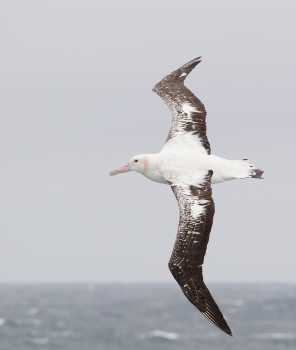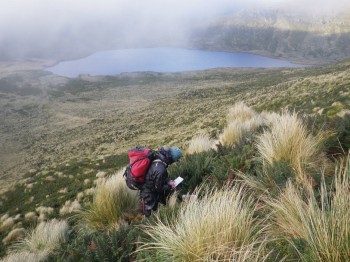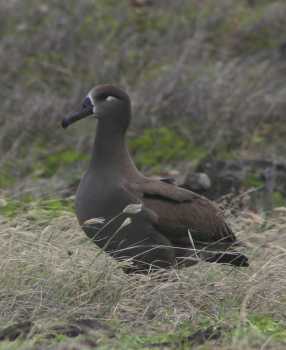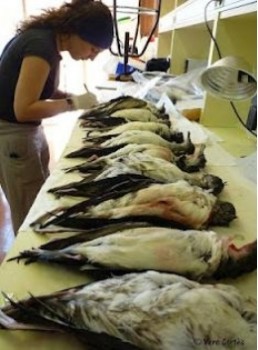Stephanie Borrelle (Institute for Applied Ecology New Zealand, Auckland University of Technology, Auckland, New Zealand) and colleagues have published “pre-press” in the journal Oryx on how New Zealand seabirds islands are recovering after the removal of alien predators.
The paper’s abstract follows:
“Protecting the world’s seabirds is a global conservation priority given that 29% of seabird species are threatened with extinction. One of the most acute threats to seabirds is introduced predators, which depredate seabirds at all life stages from eggs to adults. Consequently, invasive predator eradication has been identified as an effective and commonly used seabird conservation method. Seabird recovery post-eradication is influenced by complex and interacting environmental and demographic factors, though gaps remain in our understanding of species-specific responses. Here, we reflect on the recovery of seabirds to islands cleared of predators by drawing on the equilibrium theory of island biogeography and synthesise key influences on recovery reported in the literature. To illustrate this synthesis, we present a regionally specific case study on the recovery of seabird colonies (n=98) in the Hauraki Gulf, New Zealand; a seabird diversity hotspot (27 species), which has a long history of invasive predator eradications. We found that islands cleared of predators show recovery of seabirds over time, and surprisingly had more diverse seabird assemblages than islands that never had predators. This recovery appears to be influenced by a suite of site- and species- specific factors. Managers may assume that given enough time following an eradication, seabirds will recolonise. While time is a factor, island spatial distribution has a significant effect on the recolonisation of seabirds, in addition to demographic traits, colonizing ability and habitat suitability. Therefore, integrating expected site and species-specific recovery responses into planning seabird island eradications could help guide post-eradication management actions.”
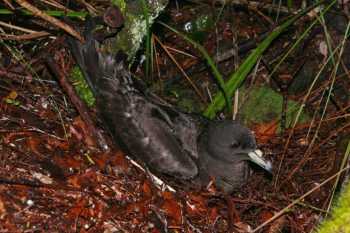
Vulnerable Black Petrel Procellaria parkinsoni, a Hauraki Gulf breeder and an ACAP-listed species, photograph by David Boyle
Reference:
Borrelle, S.B., Boersch-Supan, P.H., Gaskin, C.P & Towns, D.R. 2016. Influences on recovery of seabirds on islands where invasive predators have been eradicated, with a focus on Procellariiformes. Oryx doi:10.1017/S0030605316000880.
John Cooper, ACAP Information Officer, 01 March 2017

 English
English  Français
Français  Español
Español 